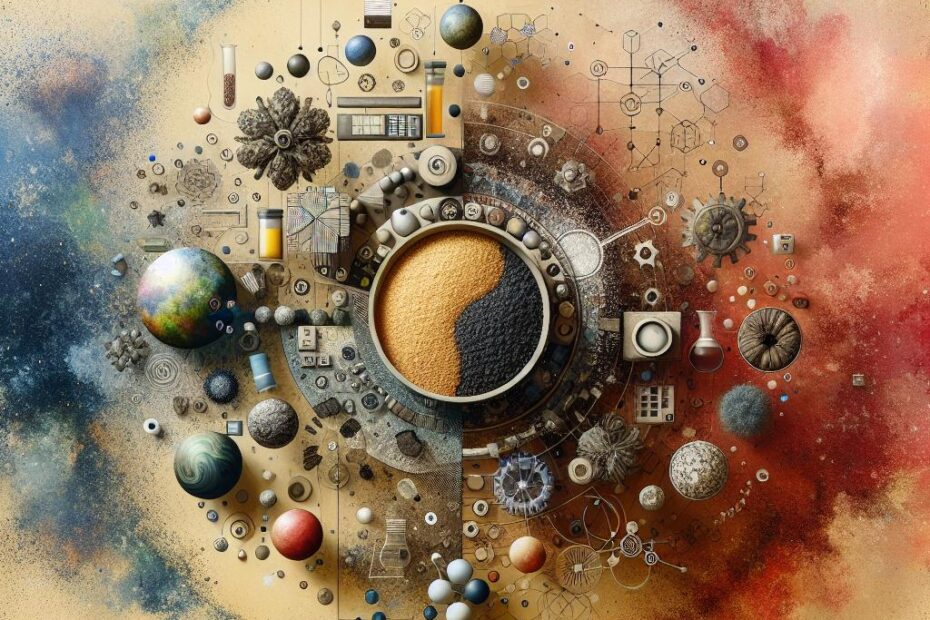Is Soil a Mixture or a Compound?
When it comes to understanding the nature of soil, there is often confusion regarding whether it is a mixture or a compound. In order to shed some light on this topic, let’s delve into the differences between mixtures and compounds and determine which category soil falls into.
Understanding Mixtures and Compounds
Mixtures
A mixture is a combination of two or more substances that are physically combined, but not chemically bonded. Mixtures can be separated into their individual components through physical means, such as filtration, distillation, or evaporation. The components of a mixture retain their individual properties and can exist in varying proportions.
Compounds
On the other hand, a compound is a substance formed by the chemical combination of two or more elements in a fixed ratio. Compounds have unique properties that are different from the elements that make them up, and they can only be separated into their constituent elements through chemical reactions.
Is Soil a Mixture or a Compound?
Now, let’s apply the definitions of mixtures and compounds to soil. Soil is made up of a combination of organic and inorganic materials, such as minerals, water, air, and organic matter. These components are physically combined in soil, meaning that they can be separated without undergoing a chemical change. Therefore, soil is classified as a mixture.
Soil is a complex mixture that varies in composition depending on factors such as location, climate, and human activity. The components of soil interact with each other and with living organisms to create a dynamic ecosystem that supports plant growth and sustains life.
The Composition of Soil
Soil is composed of various components, each playing a crucial role in its overall structure and fertility. Here are the main components of soil:
- Mineral particles
- Organic matter
- Water
- Air
- Microorganisms
Mineral Particles
Mineral particles are the primary solid components of soil and are derived from the weathering of rocks and minerals. They provide essential nutrients for plant growth and influence the soil’s physical properties.
Organic Matter
Organic matter in soil consists of decaying plant and animal material, as well as microbial biomass. It contributes to soil fertility, structure, and moisture retention, making it a key component for healthy soil.
Water and Air
Water and air are vital for soil health, facilitating nutrient uptake by plants and microbial activity. Proper drainage and aeration are essential for maintaining soil structure and preventing waterlogging.
Microorganisms
Microorganisms such as bacteria, fungi, and protozoa play a crucial role in soil fertility by decomposing organic matter, cycling nutrients, and suppressing diseases. They are essential for overall soil health and ecosystem function.
Benefits of Understanding Soil Composition
By understanding the composition of soil as a mixture, we can better manage and improve soil fertility, structure, and health. Knowing the role of each component allows us to make informed decisions regarding soil management practices, such as composting, crop rotation, and cover cropping.
Conclusion
Soil is a complex mixture of mineral particles, organic matter, water, air, and microorganisms that interact to create a dynamic ecosystem. By understanding the composition of soil and its components, we can work towards sustainable soil management practices that support plant growth, biodiversity, and environmental health.
Next time you dig into the earth, remember that soil is not just dirt – it’s a living, breathing mixture that sustains life on our planet.
